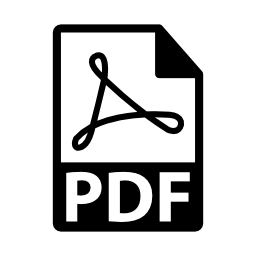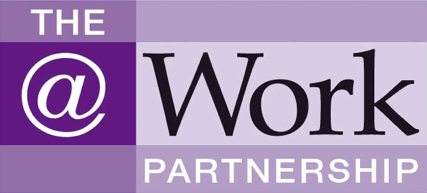October/November 2024 (vol. 21/3)
ContentsFeaturesNewsLegal
NewsResearch DigestResearch PlusCPD
 Dyslexia and work: Part 2
Dyslexia and work: Part 2
Part 2: assistive technology to aid text reading
Summary:
In the second of a three-part feature, Jan Mulligan explains some of the adjustments that can be made to assist text reading for people with dyslexia.
If yuo cna raed the workds in the opnenig snetnece it is bcausea the huamn mnid can dciepher words eevn though tehy are jmubled up.
If you can read the text shown above, it is because the human mind can decipher words even though they are jumbled up. To an individual with dyslexia every word they see may have characters jumbled, characters or even whole words may appear to be broken, blurred, or completely missing, all the time. Imagine the anxiety, frustration, and additional mental load this places on the reader In this second article in our series on dyslexia at work (part one was published in the August/September 2024 issue of Occupational Health at Work1) we consider solutions to assist with the reading process…
Jan Mulligan is a chartered ergonomist and disability specialist. She runs Greenleafe Ergonomics, working throughout the UK to assess, prevent, manage and reduce task-related barriers and ill health, including accessibility concerns associated with computer use. She is a registered member of the Chartered Institute of Ergonomics and Human Factors.
Author: Mulligan J
Occupational Health at Work October/November 2024 (vol. 21/3) pp19-25



